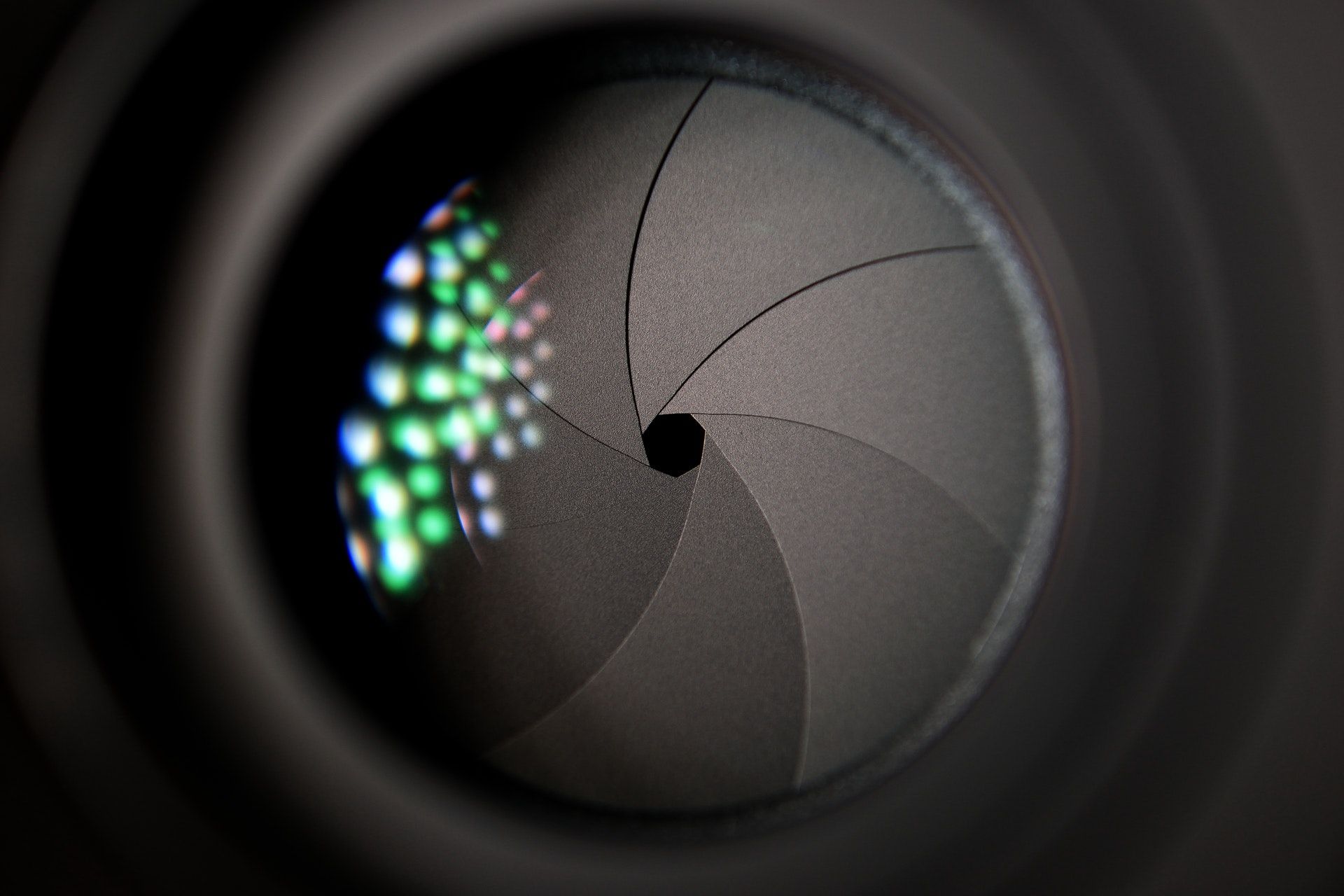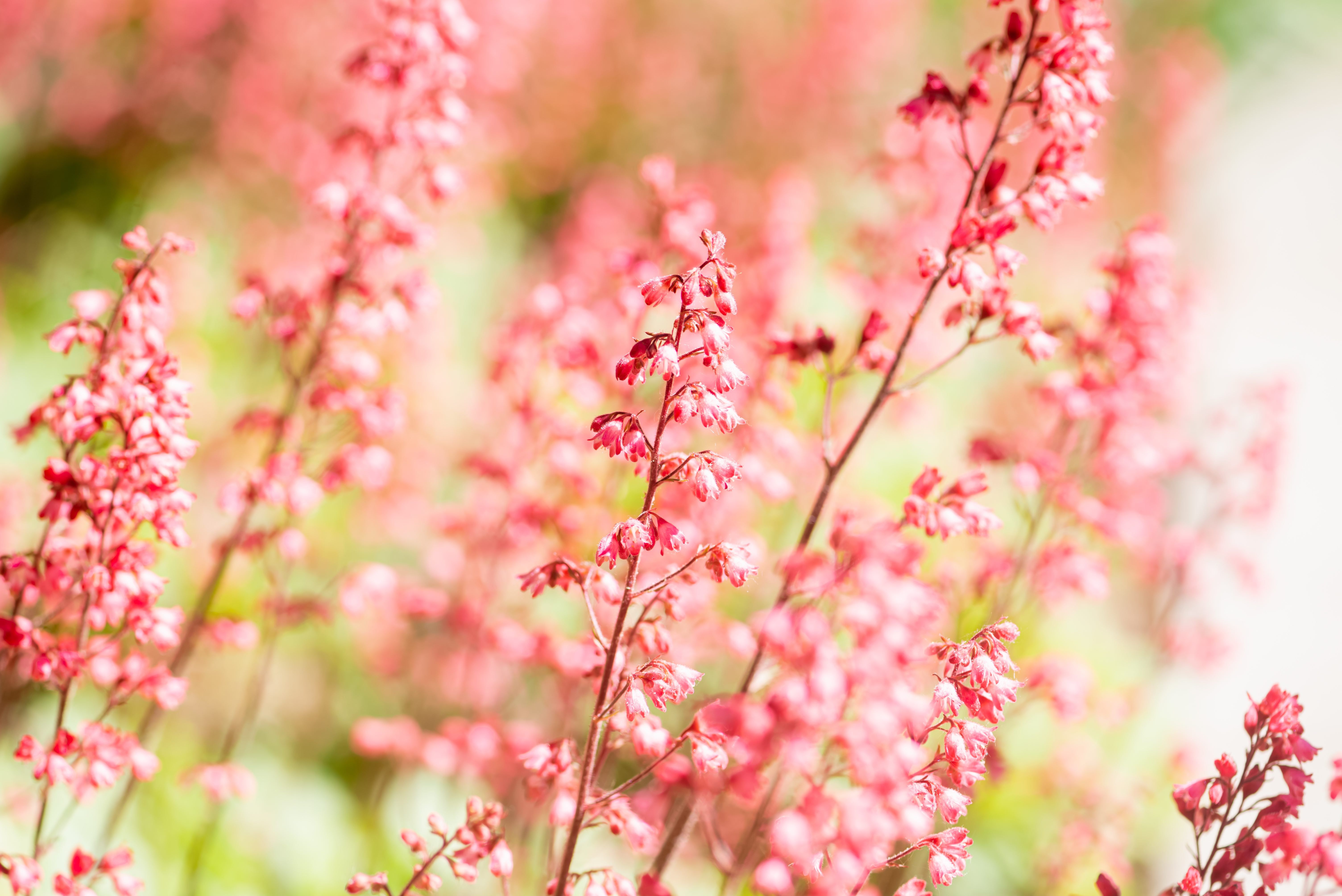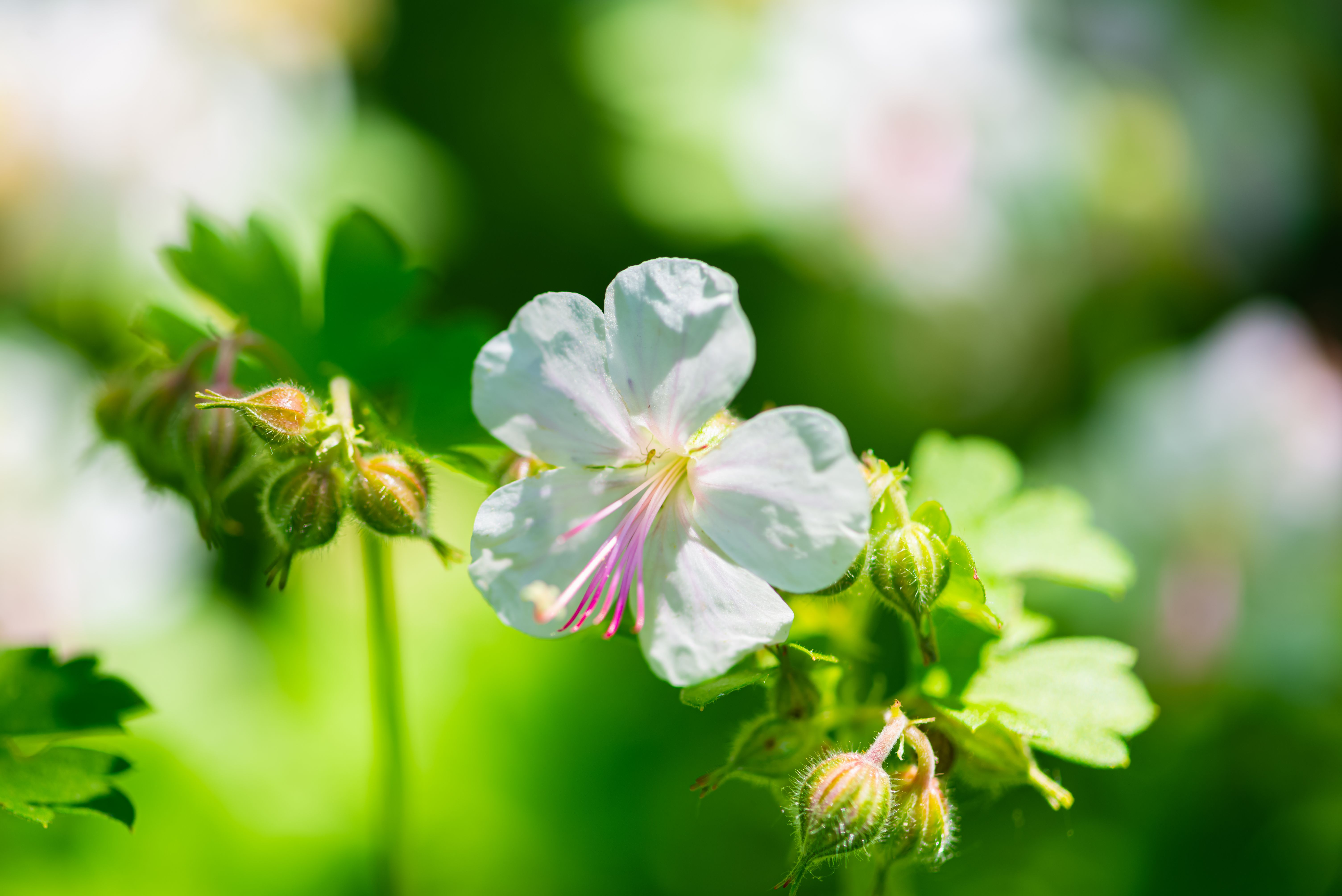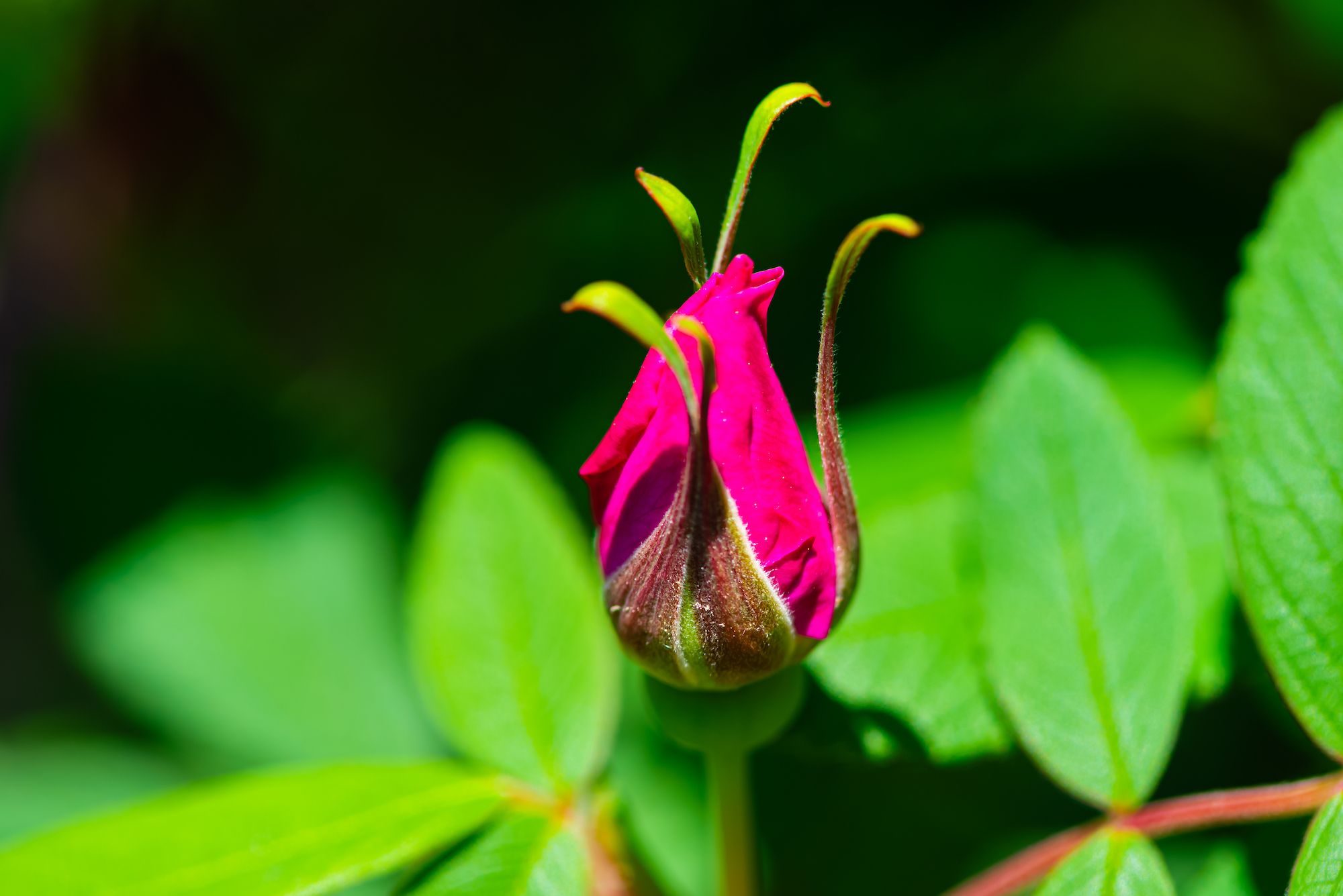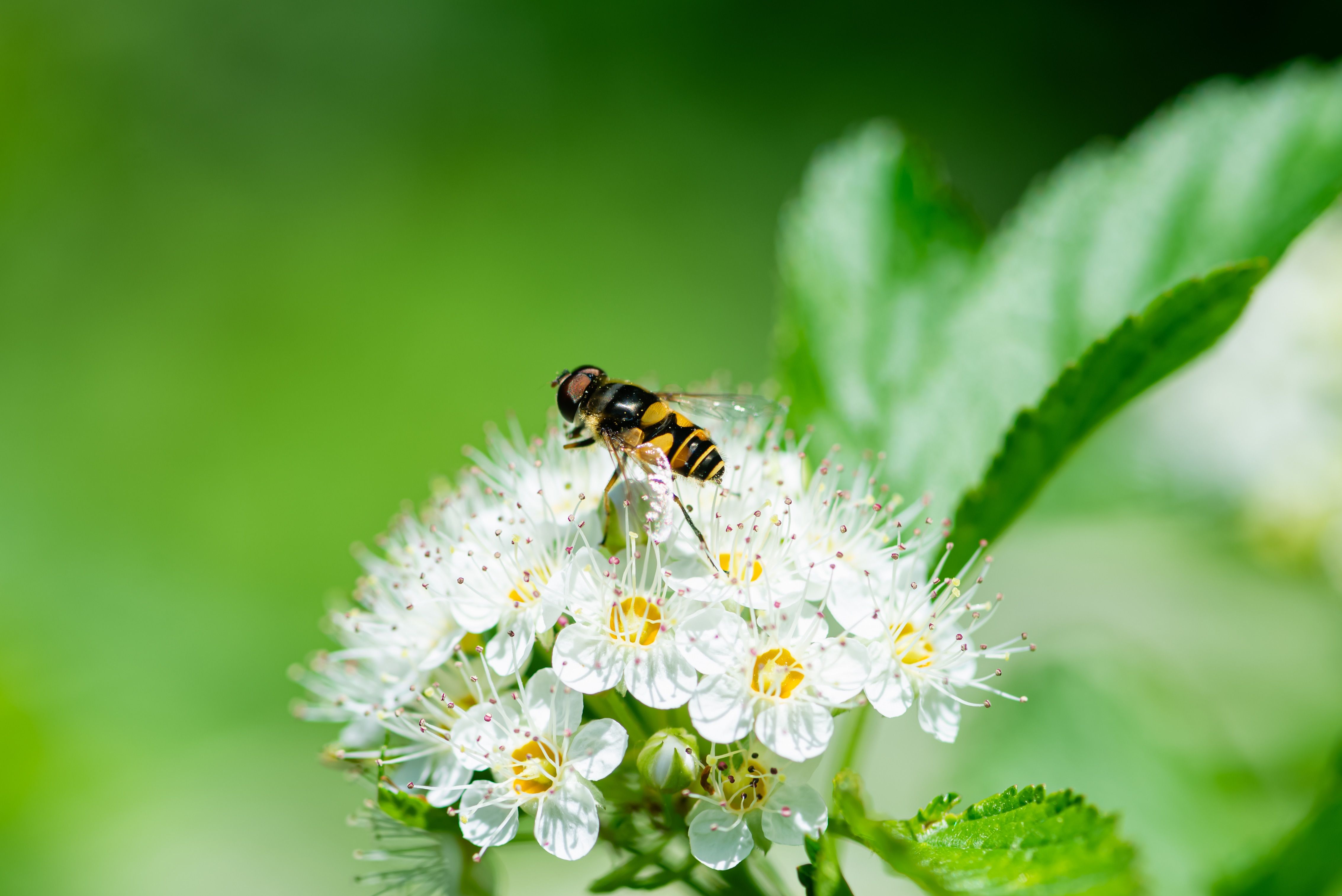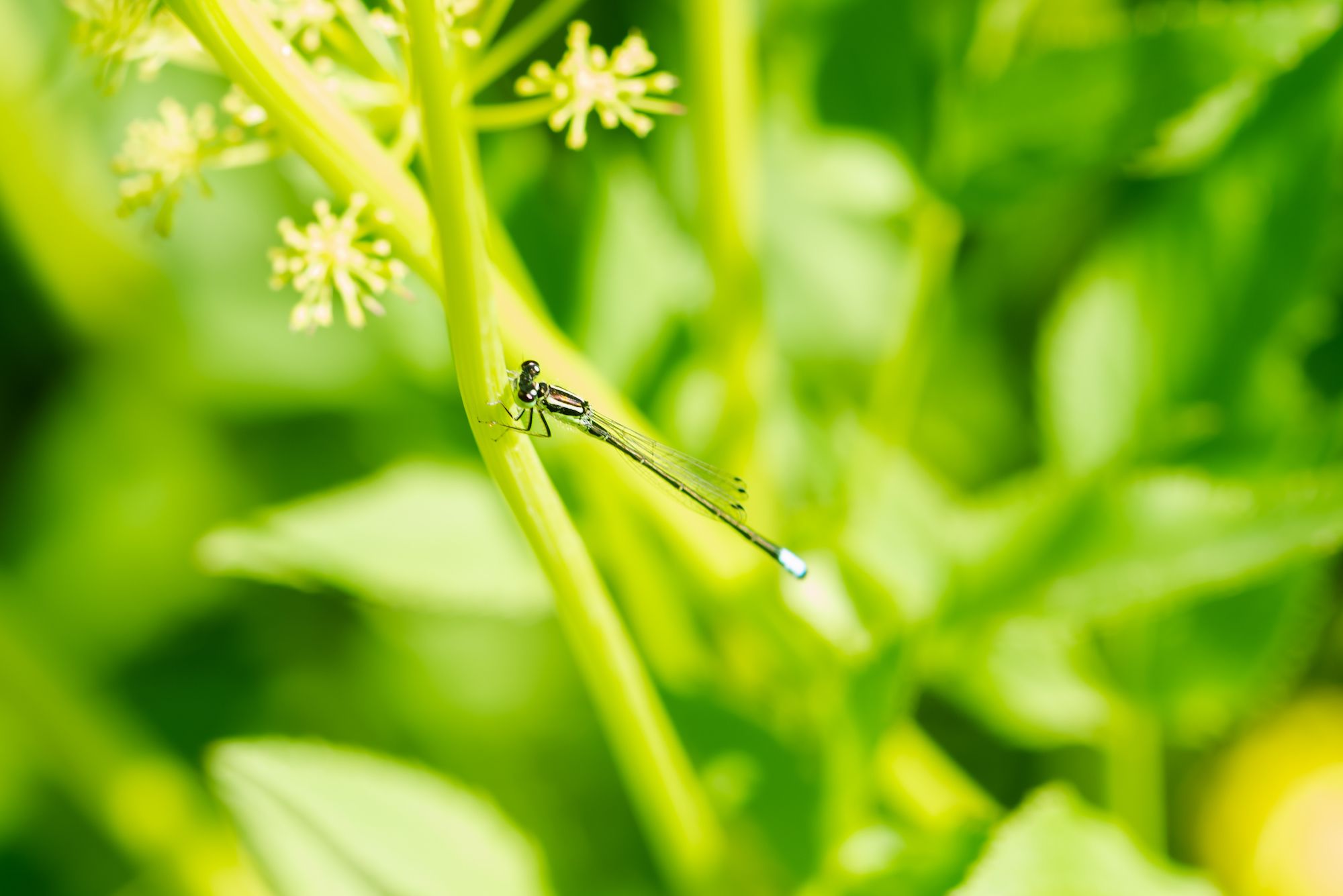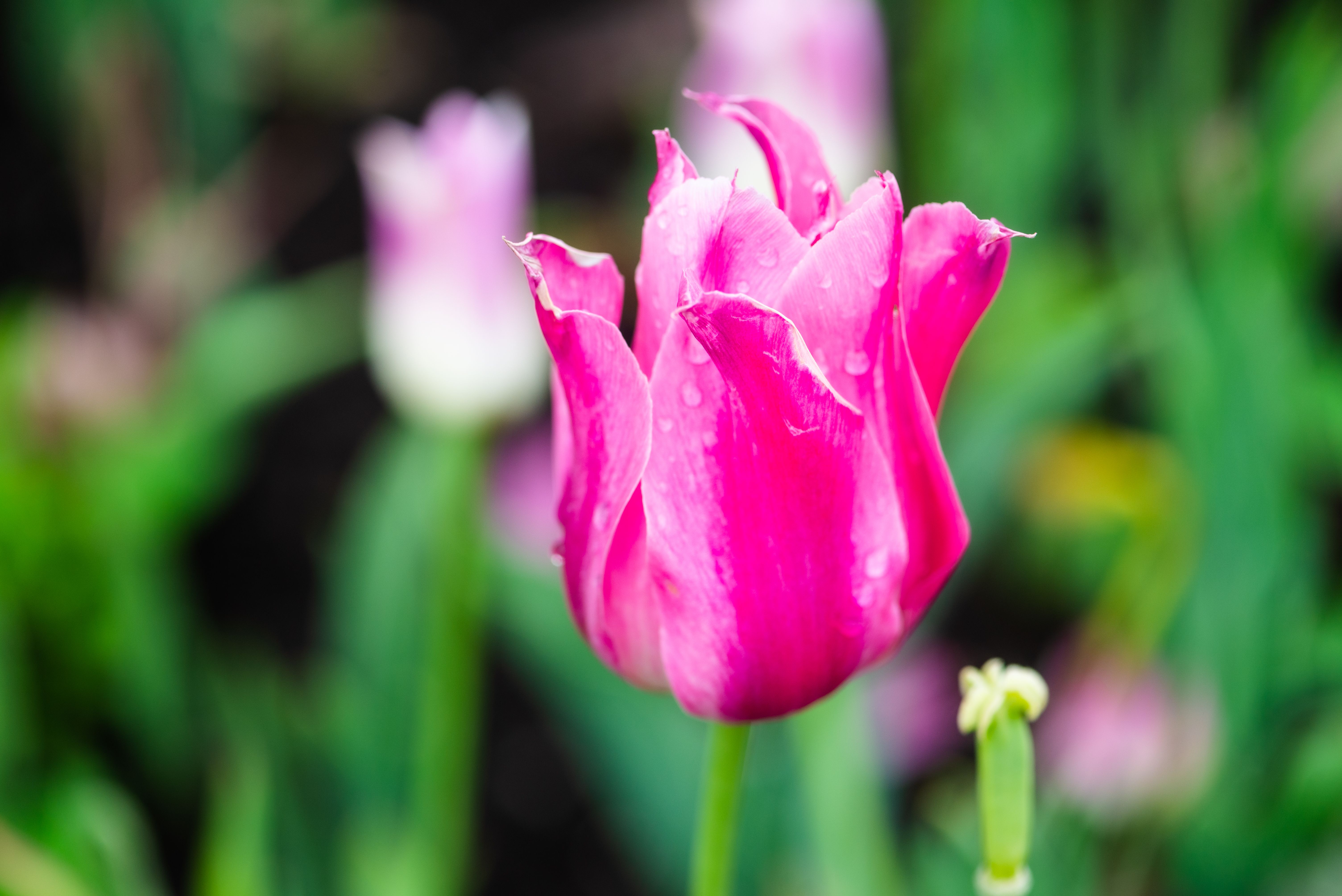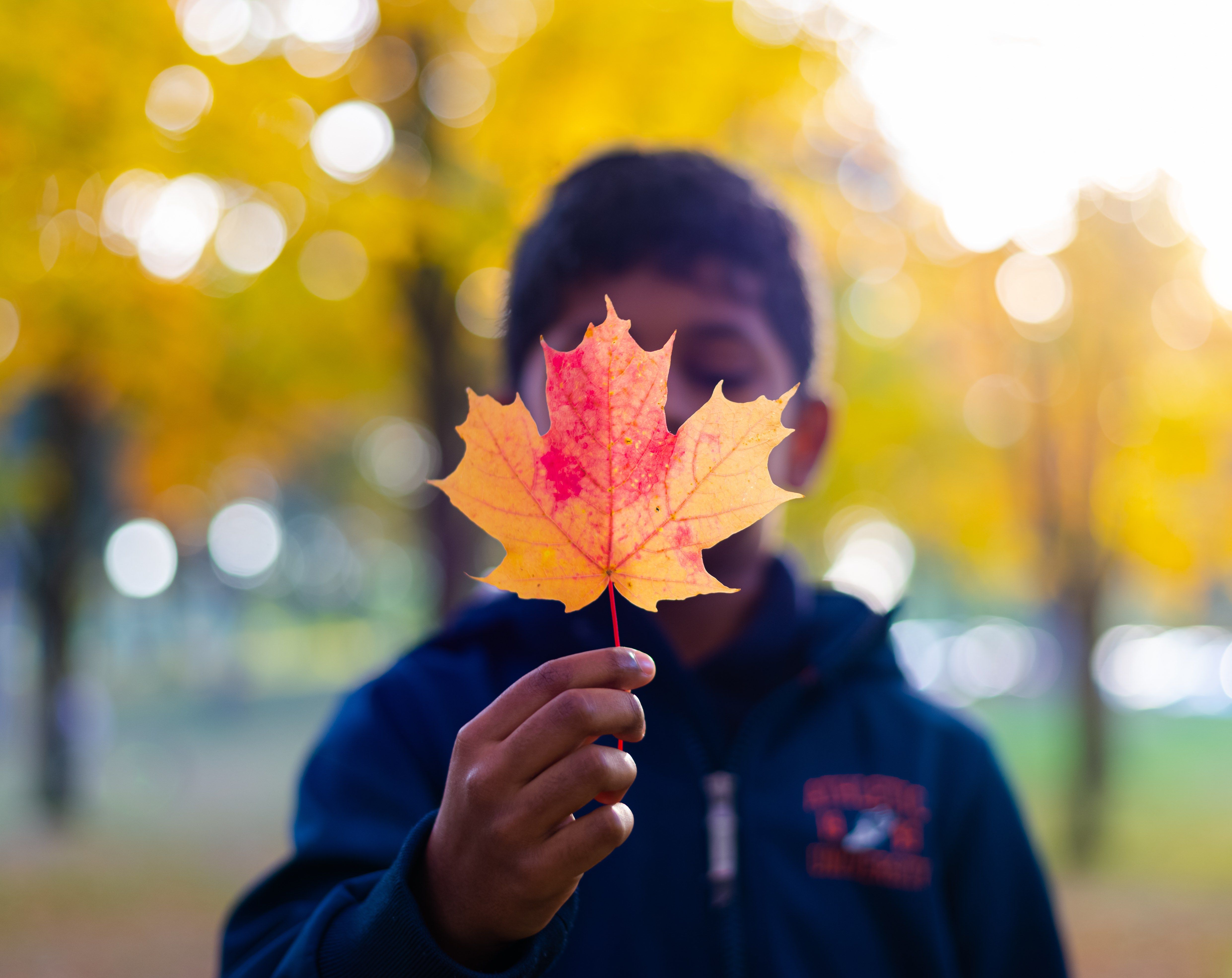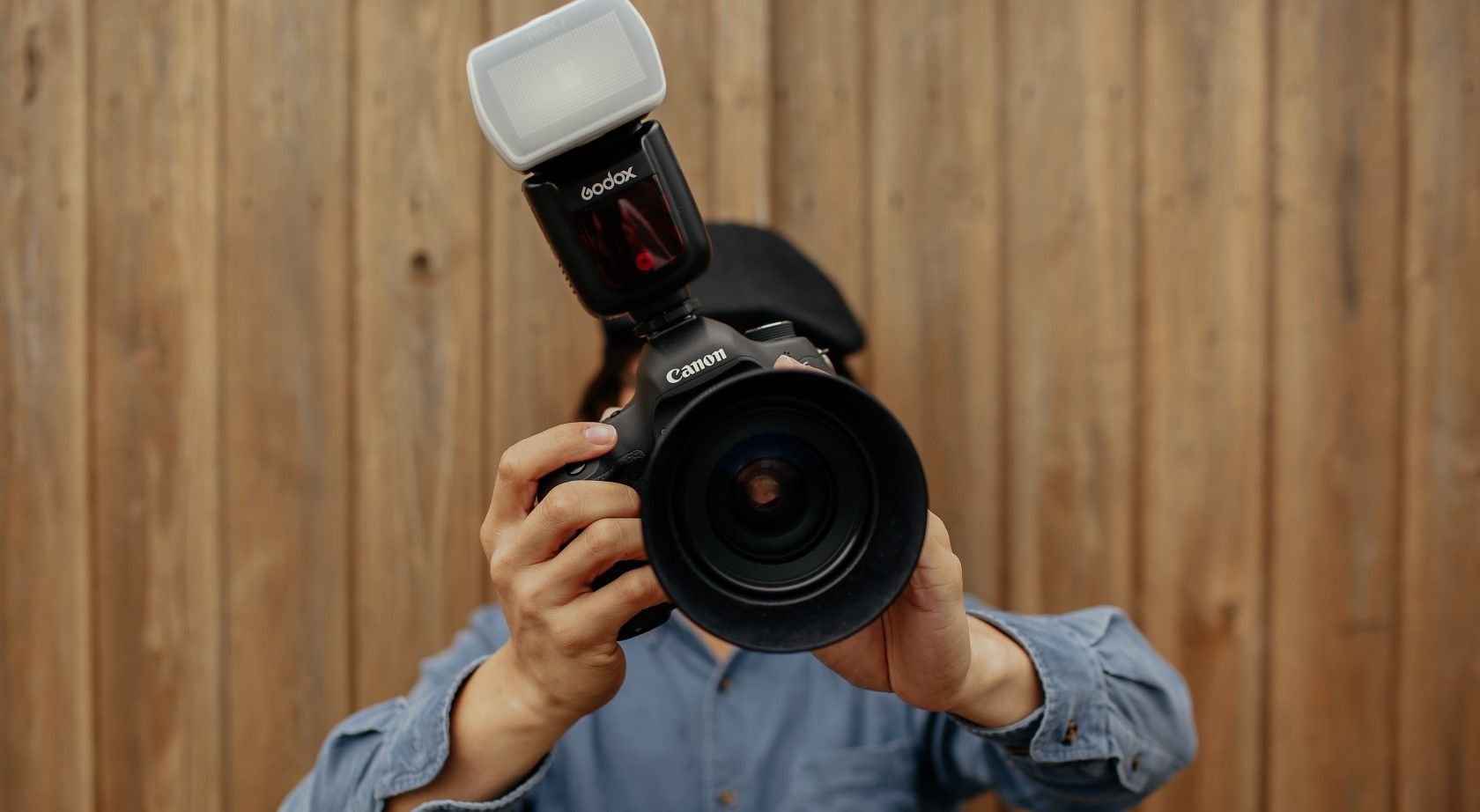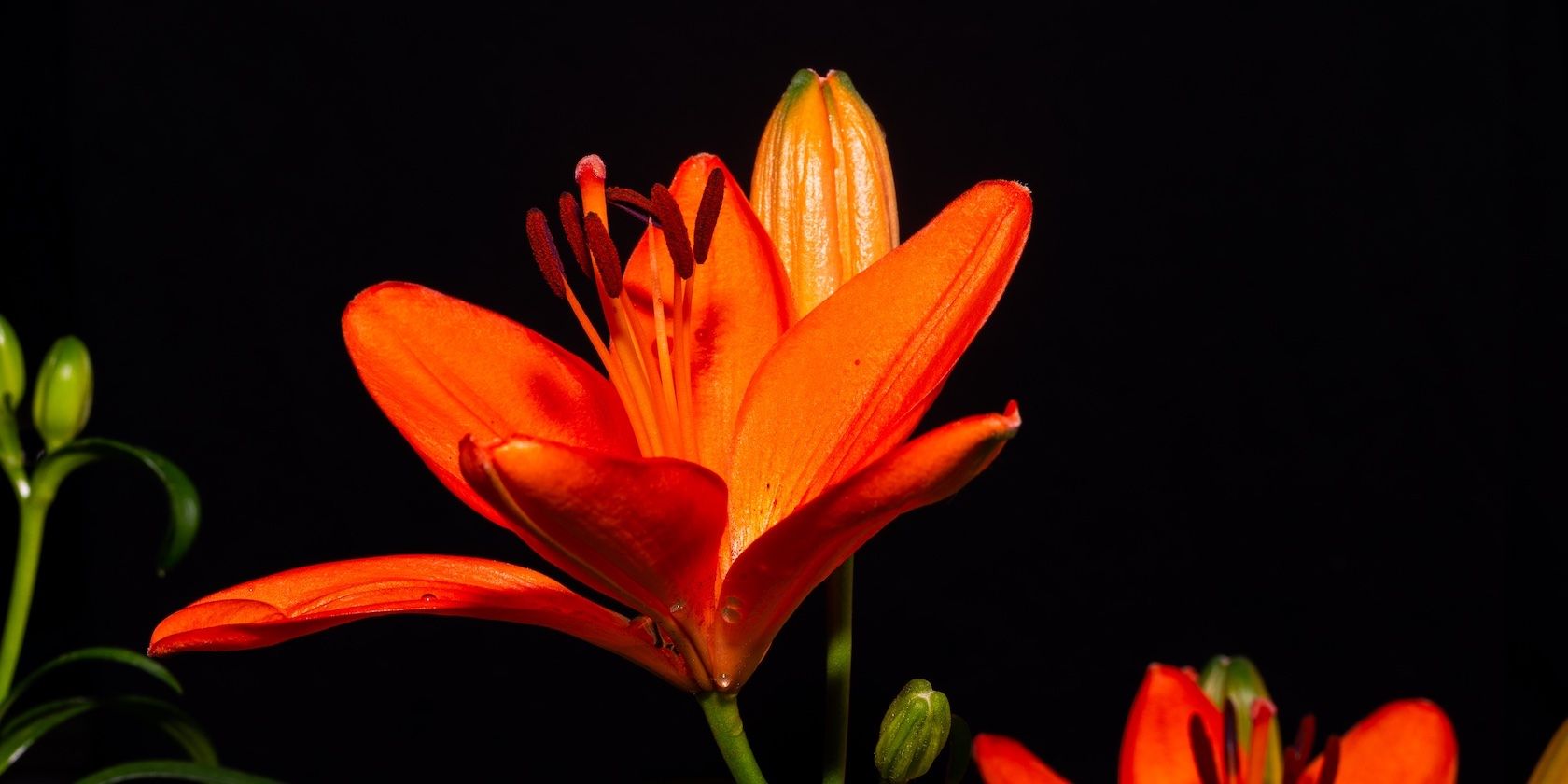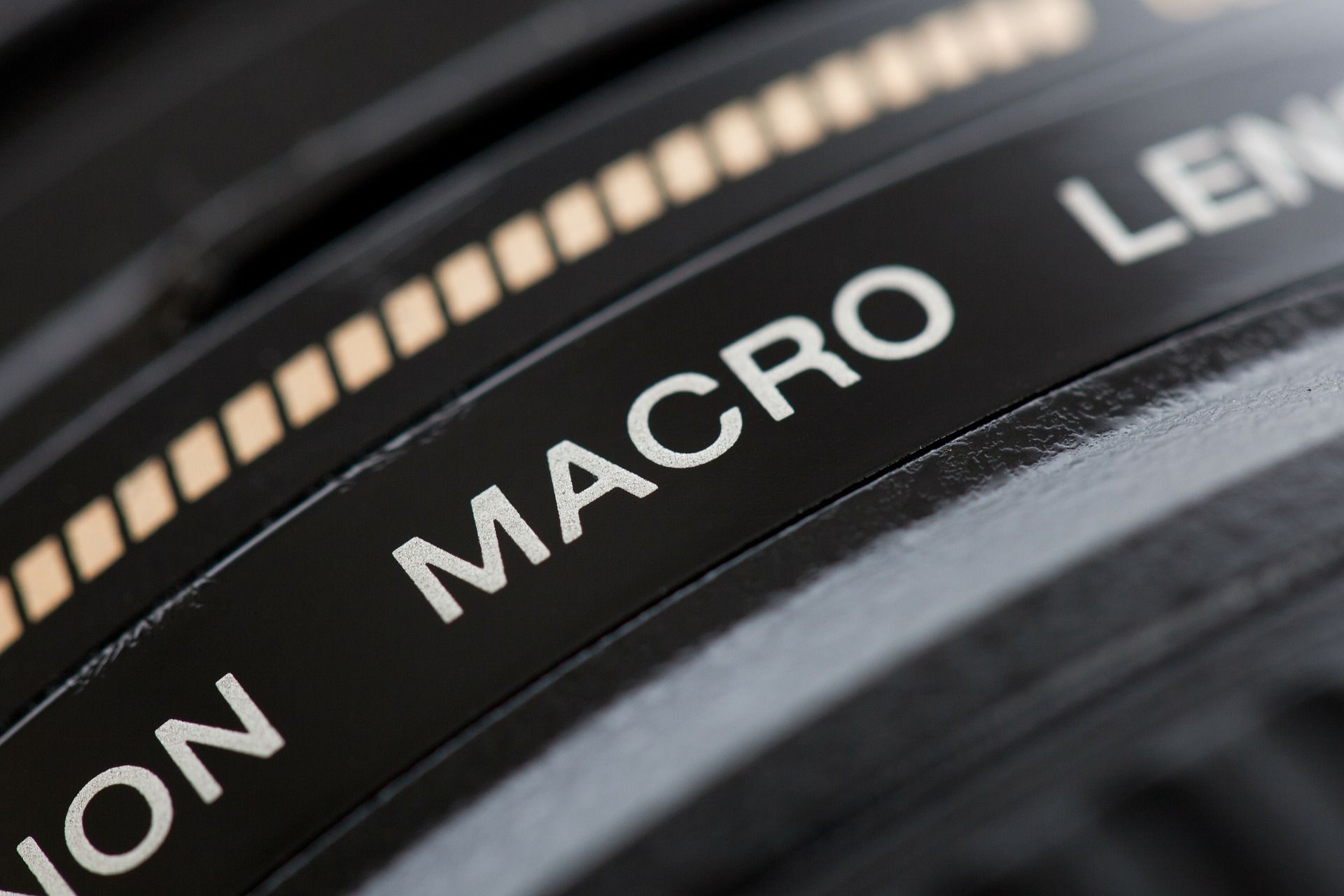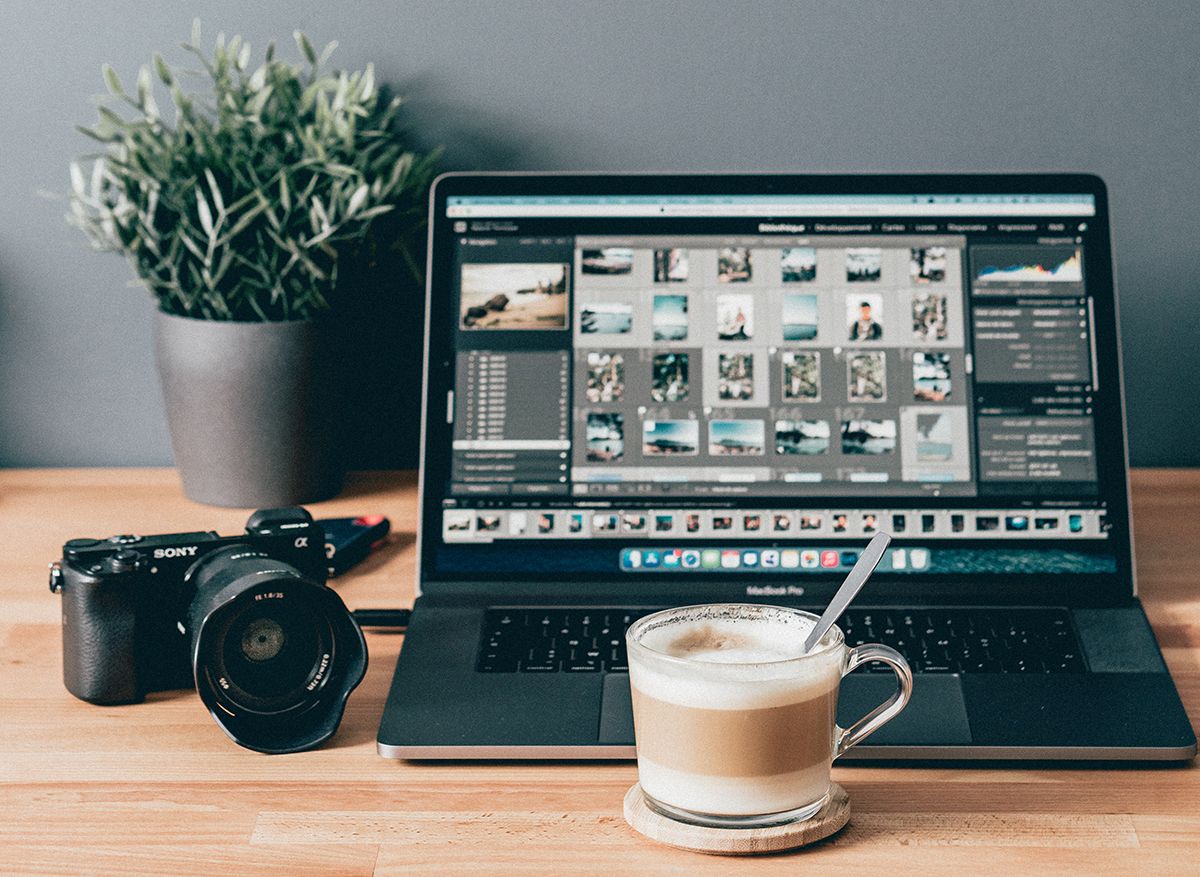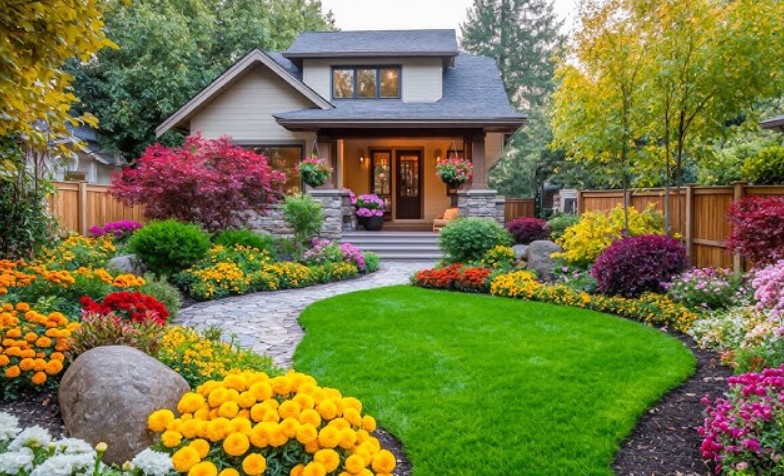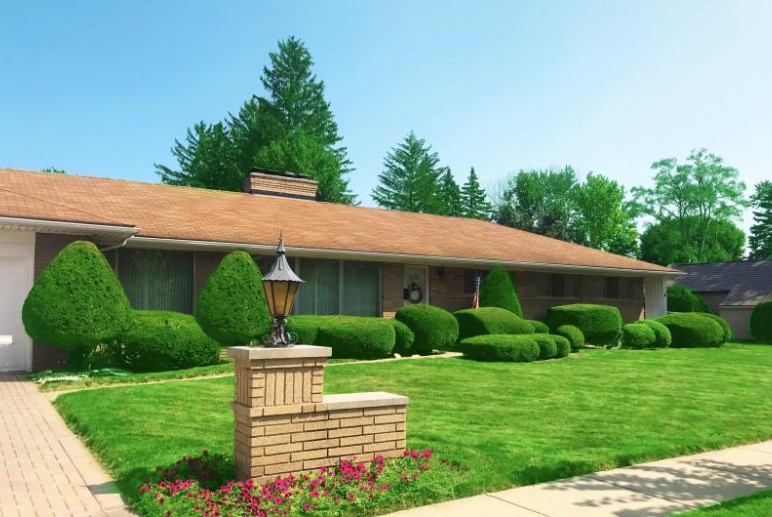You can take photos in every season, but summer is the best season for photography—hands down. For one, you don’t have to think about layering. You can just wear your regular clothes without heavy coats weighing you down.
And you have even more reasons to celebrate if you’re going for a photoshoot in a park or garden. With pretty flowers and mostly stationary plants, you don’t need any fancy gear—your camera and a lens will do.
But, know these tips before you head out to your garden.
1. Play With Different Apertures
When you have lovely subjects like flowers, don’t forget to bring out the artist in you. Try different apertures in your camera and check out the differences. A shallow depth of field can give you stunning bokeh. Bokeh looks especially pleasant in a floral and green background.
If you want the flowers in sharp focus, try a deep depth of field. You can still get the bokeh if you put some distance between your subject and the background.
2. Check Your Background
There is a fair amount of brown color in the garden. However, the brown background is not very attractive in the photos. It will ruin the look of your flowers and plants. So, take some time to compose your scene. Then, try shooting from different angles to find an attractive background.
Put your flowers against the sky or in front of greenery. You may have to crouch down or climb up to get the desired shots. Be prepared to get your hands (and legs) dirty.
3. Backlighting Is Your Best Friend
If your main subjects are flowers, greenery, or insects, lighting them from behind can make them pop. Backlighting can make your subject translucent and adds depth to your photos. In addition, lighting your subject from behind can give an airy summer look.
You can also deliberately reduce the amount of light entering your camera and take amazing silhouette photos of flowers.
4. Look Beyond the Flowers
When we think of gardens, flowers are the first things that come to mind. But, there are other exciting things to shoot in your garden. Things like buds, leaves, and vegetables deserve your attention too. So, zoom in and capture things like looping vines, uniquely shaped leaves, fresh buds, and crisp vegetables. Also, remember to focus on the fairy and herb gardens.
You can add a human element to your garden photos to tell a story. Capture kids planting a sapling or placing a gnome in the garden. Include accessories and tools of the trade like shovels, rakes, and trowels in your composition.
5. Don’t Forget the Critters
All those bees, bugs, butterflies, and birds are what make your garden a garden. Without them, your garden will just be barren ground. Having these critters in your garden photos is a beautiful way to appreciate them. They not only make your garden come alive but your photos too.
The animals in your garden come in all forms, not just pretty and colorful. So, get down low and shoot the unappreciated critters like slugs, worms, frogs, and snails too.
6. Try Different Times of the Day
You can shoot garden photos at any time of the day. In the early mornings, you can find fresh flowers glistening with dewdrops or misty scenes. Midday is best for finding winged beauties like bees and butterflies.
If you’re having people in your garden photos, dusk can be perfect for capturing emotions. This is also the time to have BBQ parties in the garden. So, snap those moments.
7. Shoot in Various Weather Conditions
From foggy to sunny and rainy, your garden will look gorgeous in any weather. On overcast days, you get a natural diffuser where the clouds soften the sunlight. As a result, you get rich colors.
Embrace different weather conditions. For instance, showcase the motion on windy days. On the other hand, flowers and leaves look fresh after rainfall; it is also the time when the critters are active.
You can even take pictures of the evergreen plants or greenhouse in the snow.
8. Document Every Season
Sure, summer is the perfect time for garden photos, but getting out and shooting your garden every season can be a fun project. You can see how new buds turn into blooms and fruits or wonder at the leaves changing colors in different seasons.
Remember to note down the name of your plant and the date. This way, you will know your plants’ progress and not get confused between different plants.
9. Avoid Flash
Your garden is home to many tiny creatures, so flashing high-power lights on them is a no-no. You may not have enough light if your garden has many nooks, crannies, or thick foliage. In such a case, bring your tripod, so you can use a slower shutter speed to let in more light.
Also, don’t worry about bumping the ISO high; most modern cameras can handle high ISO. Or, you can remove the noise with your post-production software.
10. Shoot Time-Lapse Photography
Do you have many flowering plants in your garden? Then, it is time to try a blooming flower time-lapse project, we have all the instructions for you. With a time-lapse project, you can fast-forward the tiny changes that are invisible to the naked eye.
If you have a vegetable garden, there is nothing more satisfying than growing your own produce and enjoying it. But, what is more satisfying is taking a time-lapse video of a flower transitioning to fruit.
Found a caterpillar in your garden? You can make the time-lapse of the metamorphosis—the caterpillar building a cocoon and changing into a butterfly.
11. Invest in a Macro Lens
As we said before, your current gear is probably good enough for garden photography. But, if you want to take garden photography more seriously, it is wise to invest in a macro lens. The macro lens lets you get up close to your subject. It will showcase all the tiny details that your eyes cannot see.
Macro lenses also have superior lens elements that will enhance your garden images. A macro lens can also be a fantastic all-around lens as you can use it for different types of photography.
12. Bring Out the Details in Editing
Just like your garden, your garden photos also need some love and care. You have to edit your images in your favorite editing software to enhance the colors, tweak composition, and add other fun presets.
It is a good practice to shoot garden photos in RAW because you can adjust the white balance later in post-production.
Garden Photography Is Refreshing for Your Mind and Body
From keeping your body fit to making your brain healthy and sharp, spending time outdoors has numerous benefits. Gardening, especially, is a great hobby. It lets you connect with the Earth and help the environment. The bees and butterflies thrive because of your plants.
Don’t have a garden yet? Start planting something small. A slice of tomato is all you need. Plant it and wait for a couple of days. Once your saplings show up, start clicking! Remember to keep our tips handy.

